
The best facial oils out in the market today are considered a luxury. Not to mention that good quality oils can cost well over $50. Let’s find out where it is in your skin care routine steps and whether it’s worth the splurge.
We’ll cover the basic info about facial oils as well as equip you with knowledge that you need in case you ever decide on purchasing some. Plus, we’ll add in a couple of our favorite oils to help you get started.
What are Facial Oils?
Facial oils are defined as single or a combination of extracted plant and fruit oils from extracted seeds and other parts of the plant. Oils are considered as emollients which work to soften the surface of your skin, but aren’t typically considered as moisturizers since they only stay on the surface without penetrating into the deeper layers of your skin.
Generally facial oils contain one or a combination of two types of fatty acids: linoleic and oleic acids.
Depending on the ingredient in facial oils, each fatty acid has more or less moisturizing properties that benefit certain skin types over others. For instance, if you have dry skin, you’d want to look for facial oils with a high concentration of oleic fatty acids to help moisturize your skin, whereas oily to combination skin types might benefit from oils with linoleic acids to help control excess oil, sebum, and acne on the face. Also, fun fact! Oily or acne-prone skin types are found to have low levels of linoleic acids in their skin so restoring these fatty acids with the help of facial oils can be beneficial!
3 Facial Oil Catogories
Essential
In a nutshell, essential oils are oils from distilled leaves, bark, roots, and other aromatic parts of a plant. They’re highly concentrated and often requires diluting from carrier oils to avoid irritation on the skin. When used properly (the key word is ‘properly’), essential oils are known to be great for repairing dry skin, calm inflammation & acne, as well as reverse aging and help fade scars. Examples of essential oils include peppermint, tea tree, ylang ylang, and bergamot oils.
Carrier
Carrier oils, also known as base oils or fixed oils, are pressed vegetable oils derived from fatty parts of a plant. These typically include nuts, seeds, and kernels of a plant, although there are some oils derived from fatty animal fats such as emu or fatty fish. Carrier oils don’t evaporate, are some odorless, or have a faint sweet and nutty aroma. Examples of carrier oils include olive, coconut, jojoba, sweet almond, and rosehip oils.
Treatment
Lastly, treatment oils are single or a combination of plant oils, essential oils, and added vitamins to treat particular and specific skin concerns like aging, dull, or even acne-prone skin. Typically, treatment oils cost more than essential and carrier oils, with some reaching well over $100. But don’t worry if they are too much for your budget, because you’ll find that carrier and essential oils are just as effective at a cost-friendly price.
How to Use Facial Oil in Your Skincare Routine?
Typically, you would want to apply in the last step of your routine, somewhere before or after moisturizing. This is to ensure that all the humectants and moisture remain trapped under the surface layer of your skin and keep all the good things in.
But for those of you in need of reminding, the general order of your skincare routine consists of:
Cleanser, toner, serum/ essence, moisturizer, and then facial oil.
So, is it necessary to incorporate facial oils to your skincare routine? My answer is: not really. But if you’re looking to give your skin a little more TLC, definitely consider using them! But I suggest you definitely do your research before deciding to invest in any of them, cause not all oils benefit the skin and you don’t want to invest $100 oils for them to not work on your skin. Find what works for you! When used properly, you’ll find that it definitely makes a difference to the look and feel of your skin.
Interested? Here’s a few recommendations for facial oils suiting your skin type.
FOR OILY SKIN
FOR DRY SKIN
FOR ACNE PRONE
FOR ALL SKIN TYPES
For more awesome tips on how to use facial oil in your routine, check out our video below!
Head over to more information and product recommendations: youtube.com/c/BeautyWithin


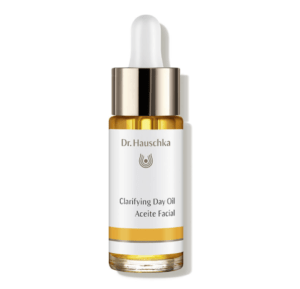


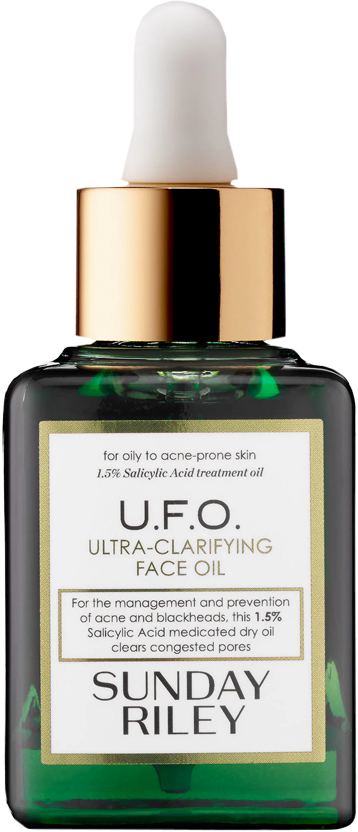


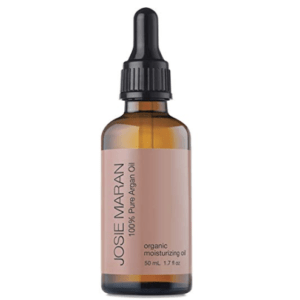
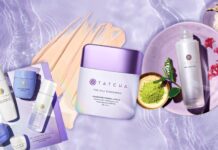
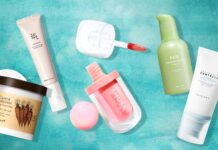
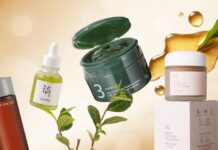
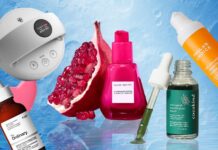

I have a question. Do you have any source, articles, or scientific papers that have more on the topic? I would love to learn more about the chemical structures and differences of oils.
Hi Victoria! Yes, we have a few links to sources on facial oils! Lab Muffin does a wonderful job in explaining the chemical structures and qualities on facial oils!
https://labmuffin.com/why-linoleic-acid-and-rosehip-oil-might-fix-your-skin/
https://www.ncbi.nlm.nih.gov/pubmed/28707186
We also found a paper that provides an in-depth analysis to the qualities of various plant oils.
https://www.ncbi.nlm.nih.gov/pmc/articles/PMC5796020/
Hope this helps!